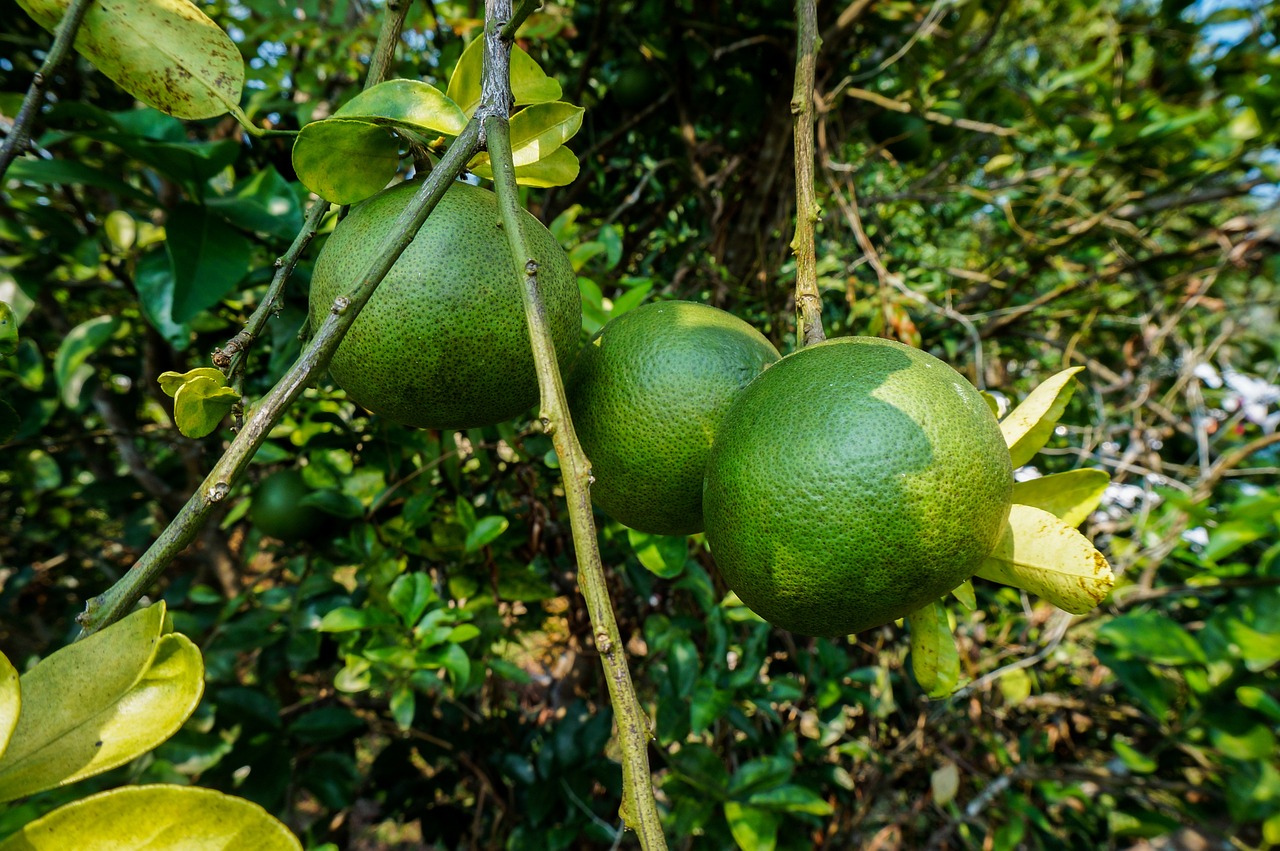Lime trees, known scientifically as Citrus aurantifolia, are a popular citrus species grown worldwide for their sour fruit. They are characterized by their dense, evergreen foliage and fragrant, star-shaped flowers. But one of the most frequently asked questions by new and seasoned lime tree growers alike is, “When do lime trees produce fruit?”
Lime trees typically start bearing fruit two to three years after planting. The blossoming season usually begins in late winter or early spring, while the fruit matures approximately 90 to 120 days after the flowers bloom. Consequently, most lime trees tend to bear fruit in the summer or fall. However, the exact fruiting time can vary depending on the specific variety and growing conditions.
1. The Lifecycle of a Lime Tree: From Seed to Fruit
Understanding Growth Stages
The life cycle of a lime tree begins with germination, where the seed sprouts into a seedling. It takes about two to three weeks for the seed to germinate, and after it has sprouted, it will slowly start to grow into a sapling. Lime trees grown from seeds typically take longer to start producing fruit, often around six to eight years.
Juvenile to Maturity
After two to three years, a grafted lime tree enters the juvenile phase where it is strong enough to start producing blossoms but does not yet bear fruit. As the tree matures, it starts flowering and, consequently, fruit production begins. This phase, from juvenile to maturity, takes another two to three years.
Fruit Production Begins
As mentioned earlier, lime trees start producing fruit two to three years after planting, provided they are grafted trees. The fruiting process begins with the tree blossoming in late winter or early spring, with the fruit maturing approximately 90 to 120 days later.
2. Factors Influencing Fruit Production
Climate and Environment
Lime trees are tropical plants and prefer warm climates. They are extremely sensitive to cold temperatures and frost, which can damage the tree and affect fruit production. Additionally, lime trees require full sunlight and well-drained soil to thrive and produce a healthy crop.
Tree Health and Care
Proper care and maintenance play a vital role in when and how much fruit a lime tree will produce. Regular watering, adequate fertilization, and effective pest control strategies are essential to ensure the health of the tree and maximize fruit production.
Tree Age and Variety
The age of the lime tree and its specific variety also impact fruit production. As mentioned earlier, lime trees usually start bearing fruit two to three years after planting. However, the fruiting time can differ among varieties, with some varieties producing fruit multiple times a year.
3. How to Maximize Lime Tree Fruit Production
Proper Planting Practices
Proper planting techniques are critical for a lime tree’s health and fruit production. It’s essential to plant lime trees in well-drained soil and in areas that receive plenty of sunlight. The hole for the tree should be twice as wide and the same depth as the root ball to allow the roots to spread out and establish quickly.
Regular Care and Maintenance
Consistent watering, regular pruning, and timely fertilization are crucial for healthy lime trees and abundant fruit production. Overwatering or underwatering can stress the tree and reduce fruit production. Pruning helps to maintain the tree’s size and shape and promotes better airflow and sunlight penetration. Timely fertilization provides the tree with necessary nutrients for growth and fruit production.
Effective Pest and Disease Control
Effective pest and disease control strategies can help ensure healthy lime trees and abundant fruit production. Common pests like aphids, mites, and scale insects can harm lime trees and hinder fruit production. Similarly, diseases like citrus canker and greening disease can be detrimental. Regular inspection and prompt treatment can prevent severe damage and fruit loss.
4. Common Lime Tree Varieties and Their Fruiting Patterns
Persian Lime Trees
Persian limes, also known as Tahiti limes, are one of the most common commercial varieties. These trees usually produce fruit twice a year, in the spring and fall. The fruits are larger and less acidic than key limes.
Key Lime Trees
Key lime trees, also known as Mexican or West Indian limes, are known for their small, aromatic fruit. They bear fruit throughout the year but have peak production in the late spring and early summer.
Kaffir Lime Trees
Kaffir lime trees, used widely in Southeast Asian cuisine, are unique as both the fruit and the leaves are utilized. These trees primarily bear fruit in the summer and fall, with the fruit taking 4-6 months to fully mature.
5. When to Harvest Lime Fruit
Observing the Color
Lime fruit is typically ready to harvest when it changes from deep green to a lighter green or yellowish-green. It’s essential to note that limes are usually picked green in commercial production because they are less likely to be damaged during transportation.
Checking the Size
The size of the fruit is another indication of its maturity. Depending on the variety, the average lime size is between 1 to 2 inches in diameter. When the lime reaches its typical size, it is generally ready to be picked.
Tasting for Tartness
The ultimate test for lime readiness is the taste. Limes should be tart, yet sweet. If the fruit tastes bitter, it is likely not yet mature.
Conclusion: When Do Lime Trees Produce Fruit
Understanding when do lime trees produce fruit can help maximize your harvest and ensure the health of your tree. While most lime trees tend to bear fruit in the summer or fall, the exact fruiting time can vary depending on the specific variety and growing conditions. Regular care, proper planting practices, and effective pest control are vital for abundant fruit production. Monitoring the color, size, and taste of the fruit will help you determine the perfect time to harvest your limes. In the end, patience and care are key to a bountiful lime harvest.

